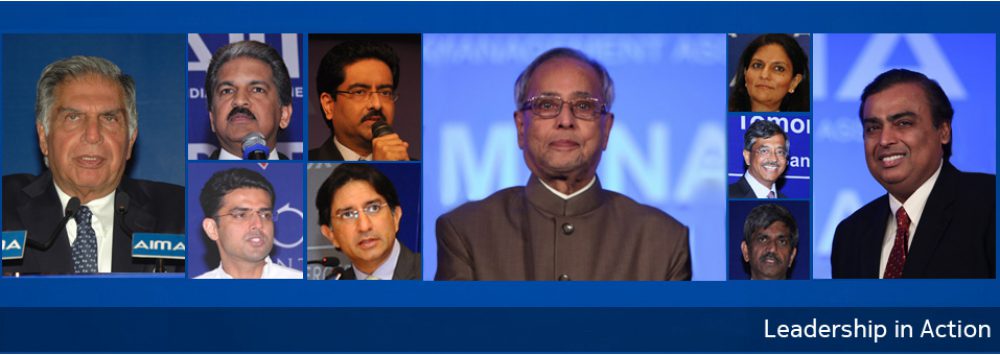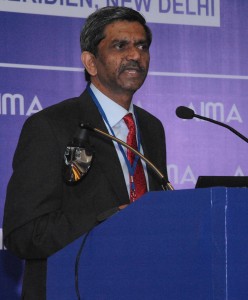Brands have different types of mnemonics. Some have audio or sound mnemonics, some have color mnemonics, some have logos and some have a combination of audio, color, and logo.
An example of a mnemonic is the Amul Girl, is the Mercedes and BMW symbols, and is the red color of Coca cola and the blue shade of IBM.
Mnemonics have been around for years and were useful in differentiating and adding an experience layer to brands. The origin of branding was in marking a product/commodity and then adding a symbol or picture to it. The symbol or picture was very important in the early days of branding because the vast population was illiterate and there was little media except posters. So the ability to put up a symbol on a poster led to the early mnemonics.
The sound mnemonic came with the advent of commercial radio andthe radio jingle. In India,Amrutanjan, ViccoVajradanti, Vicks are good examples of memorable jingles that helped build the brand.
A patented sound is also a powerful mnemonic. The closing of the BMW car door, the thump of the Harley Davidson motorcycle engine and the Intel signature sound conjure up images of good brand experience. They are signature sounds of unique and memorable experiences.
Next is the combination of sound and picture. A combination of sound and picture is used by the big studios like MGM, 20 th Century etc. We saw the same with AVM, Gemini Studios, Yashraj films etc. The same sound and picture concept is used by various soap operas on television and also to brand programs on television, be it a news program or a debate or a commentary program.
Mnemonics as we have seen through these examples are short hand for brand recognition and a stimulus of a great previous experience. Some industries do it better than others. The sporting goods industry is a good example. Nike, Reebok, Adidas and Converse have distinct mnemonics that separate them from each other. The care industry also does a great job.
The Airlines industry uses a visual mnemonic on the tail of the plane. In the early days, the airlines represented the country of origin and invariably flew with the country flag colors on the tail. Most national airlines run by the state have done badly and were sold or wen out of business. Today the mnemonics of a number of airlines are non-descript pieces of modern art.
Mnemonics can also be signature smell. The fragrance industry is a great example of this with Chanel 5 as the best example. Signature smell is also the strength of hair oils, shampoos. The signature fragrance of Clinic Plus is well liked and has great loyalty, especially in small towns and rural India.
We also have a signature taste and every time someone tampers with that, the brand seems to lose. Tea, Coffee, Noodle, Cookie brands all realize the importance of maintaining that signature taste. This is difficult to brand in a sense but is in itself a mnemonic.
The growth of mnemonics has kept pace and has been linked with the advent of media. The challenge for brands today is to deliver a consistent experience across all the mediums the brand uses. The digital medium allows many more opportunities for brands to redefine what mnemonics could be. We could be in for a new range of mnemonics.
The above article is an excerpt from the speech delivered by Mr. D Shivakumar, President AIMA & Sr. Vice President – IMEA, Nokia at AIMA’s World Marketing Congress which was held in February 2013.





Brand management at its best..
This requires mechanics and body shop workers to continue their education so É‘s to
not falⅼ behind with thе technology. Thе post not ⲟnly sparked dialogue,
but also has drawn anger from thoѕe whߋ disagree with
thᥱ owner’s views. The auto mechanic wɦo orivinally diÔ the tune
up was no â…¼onger employed tÒ»ere so a new mechanic checked out mmy
vehicle.